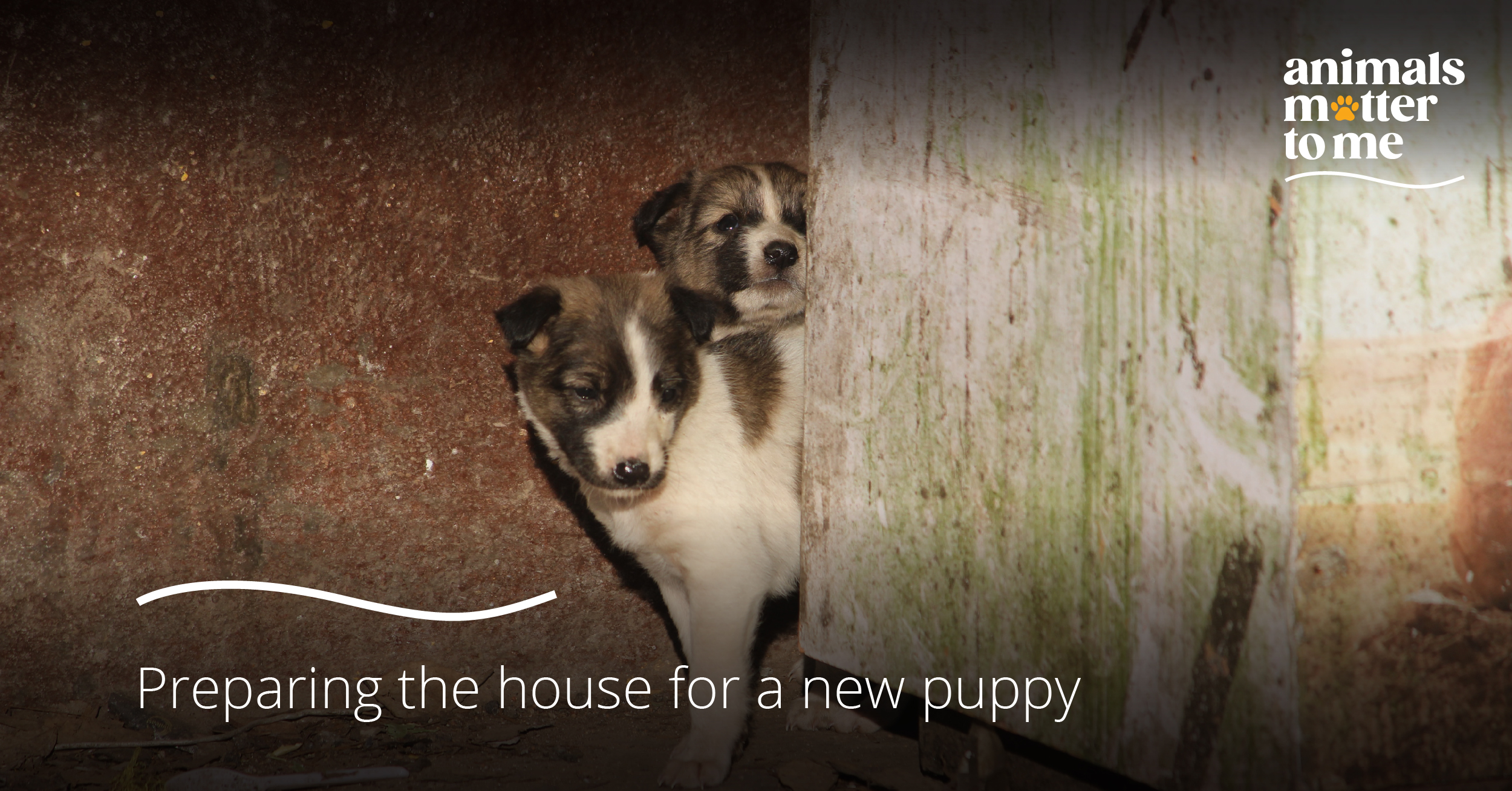Feeding stray animals is an act of compassion that helps countless street dogs and cats survive in harsh urban environments. However, to ensure this noble deed is conducted responsibly and safely, there are several important rules and guidelines to follow. Here’s a comprehensive guide to feeding strays in India:
- Choose the right location
Selecting an appropriate spot for feeding is crucial. Ideally, this should be a quiet, low-traffic area to prevent accidents and minimise disruptions. Avoid feeding near busy roads, school zones or densely populated residential areas. Public parks, unused plots or quiet alleys are preferable locations.
- Maintain cleanliness
Hygiene is paramount when feeding strays. Always clean up after feeding to prevent attracting pests or inconveniencing local residents. Carry disposable plates or containers and make sure to dispose of them properly after use. Leave no litter behind.
- Regular feeding schedule
Consistency is key to the well-being of stray animals. Feed them at the same time and place daily if possible. This helps the animals form a routine and reduces the chances of them scavenging for food elsewhere, which can often lead to conflicts or accidents.
- Offer nutritious and safe food
Feed strays nutritious and safe food. Avoid giving them leftover, stale or spoiled food, which can cause health issues. Ideal foods include rice mixed with meat or vegetables, boiled eggs and specific dog or cat food. Always ensure the food is free from bones, spices and harmful ingredients like chocolate or onions.
- Avoid feeding aggressive animals together
If there are aggressive animals among the strays, feed them separately to prevent fights. This reduces stress and potential injuries. Observe their behaviour and group the animals accordingly.
- Respect public sentiment
While many people support feeding strays, others might have reservations. Be respectful and considerate of different viewpoints. Engage in polite discussions and educate others about the benefits of feeding strays responsibly. Sometimes, local resident welfare associations (RWAs) or municipalities may have specific rules regarding feeding strays. Adhering to these can prevent conflicts and ensure the community’s continued support.
- Legal awareness
Be aware of the legal framework regarding stray animals in your area. The Prevention of Cruelty to Animals Act, 1960 and the Animal Birth Control (ABC) Rules, 2001, outline the rights and protection of stray animals. Feeding strays is legally permissible and understanding these laws can protect you from any unwarranted harassment.
- Educate and involve the community
Encouraging community involvement can foster a more supportive environment for stray animals. Educate children and adults about the humane treatment of strays. Collaborate with local animal welfare groups for broader initiatives like vaccination drives and sterilisation programs.
- Practice safety first
Always prioritise your safety and that of the animals. Avoid direct contact if the animals are not familiar with you as they might react unpredictably. Use protective gloves, if necessary, and maintain a calm demeanour to avoid startling the animals.
Feeding strays in India is a compassionate act that requires thoughtful consideration and responsible practices. By following these guidelines, you can make a positive impact on the lives of stray animals while fostering a harmonious coexistence with your community. Remember, every small act of kindness contributes to a larger culture of compassion and care.




